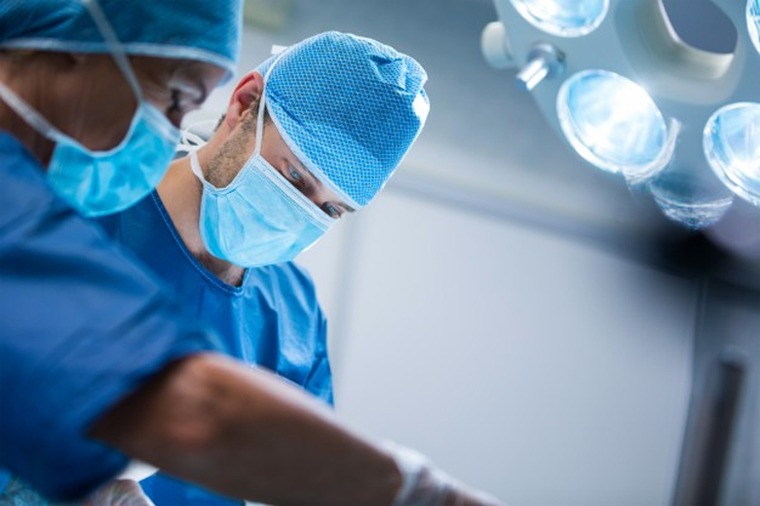Our spine is an important part of our skeletal system. It consists of bones, joints, muscles, tendons, ligaments, and nerves. If you face chronic pain, then you may need to visit an Orthopaedic spine surgeon. Read on to find out more about your spine.
The entire spine is divided into 4 sections, based on the vertebrae.
- Neck or Cervical spine
- Upper back or Thoracic spine
- Lower back or lumbar spine
- Bottom of the spine or Sacral region
The lumbar spine and the sacral region are the most prone to problems as these two sections of the spine take the majority of our body weight. The bottom of the lumbar spine and the start of the sacral region, also called the Lumbosacral Joint, gets a lot of stress and is likely to be susceptible to problems.
1. Kyphosis
The abnormal curvature of the spine is called Kyphosis. This causes the affected person to have a hunchbacked posture. It can be congenital and usually may require surgery. Otherwise, this is mostly seen among adolescents. It can be caused either by bad posture or by Scheuermann’s Disease. When caused by the former, it can easily be prevented and easily corrected by adopting the proper posture and physical therapy. In the case of the latter, it affects the thoracic spine and, occasionally, the lumbar spine. If the spine is severely deformed or there are neurological deficits, surgery may be required.
2. Degenerative Disc
As you age, the soft and spongy material between two vertebrae of the spine tends to wear down and become thin. This causes pain to occur, which occasionally flares up. As the cervical and lumbar spine are subjected to a lot of motion, they tend to wear down the most and lose elasticity and flexibility. Though quite often seen in older adults above the age of 50 years, it can happen in younger people, especially due to injuries.
3. Herniated Disc
When the disc between 2 vertebrae bones gets damaged or gets out of its proper place, it can push against the surrounding nerves. This causes a lot of pain, weakness, and numbness and is called a herniated disc. This commonly occurs in the lumbar or cervical spine but can also occur in the thoracic spine.
4. Spondylolisthesis
This is a condition where lower back pain or leg pain or even both are called when a vertebra slips out of its proper place. In young adults, it can be caused by a fracture or any other type of defect in the lumbosacral spine. However, it can also be caused by degeneration caused by age and is quite common among those aged 50 or more. In this case, it is usually seen in the lumbar spine and occasionally in the cervical spine.
5. Sciatic
The nerves that run from the lower back to the legs are called Sciatic. When the lumbosacral or lower lumbar spinal roots get irritated, it causes this nerve to get compressed. This leads to pain, tingling, weakness, and numbness. Some common causes of sciatic nerve pain are Spondylolisthesis, Lumbar spinal stenosis, or degenerative disc disease.
6. Pain Management
For those who have chronic pain, there are several non-surgical ways to manage the pain in order to have a good quality of life. The purpose is to reduce the reliance on pain medication, increase physical activities, and improve the sense of well being.
. Alternative Techniques
Many patients use alternative techniques such as yoga, tai chi, acupuncture, massage therapy, among some examples. However, before going for any of these, you need to consult with your doctor. Take all the required precautions to avoid unwanted side effects or allergic reactions. You should collect as much information as you can to get the maximum benefit.
. Physical Therapy
Exercising the affected portion of the body is a part of physical therapy. It aims to improve flexibility, regain strength and ability, build endurance, prevent further injury, and reduce pain. Under the supervision and treatment of a trained health care provider, most patients tend to see a marked improvement.
. Chiropractic Treatment
Through manual manipulation, a chiropractor attempts to treat musculoskeletal and spinal problems by bringing the affected areas into proper alignment. However, this is not suitable for people who have inflammatory arthritis, osteoporosis, or spinal cord compression.
Here are a few common back problems that your Orthopaedic spine surgeon can help you deal:

